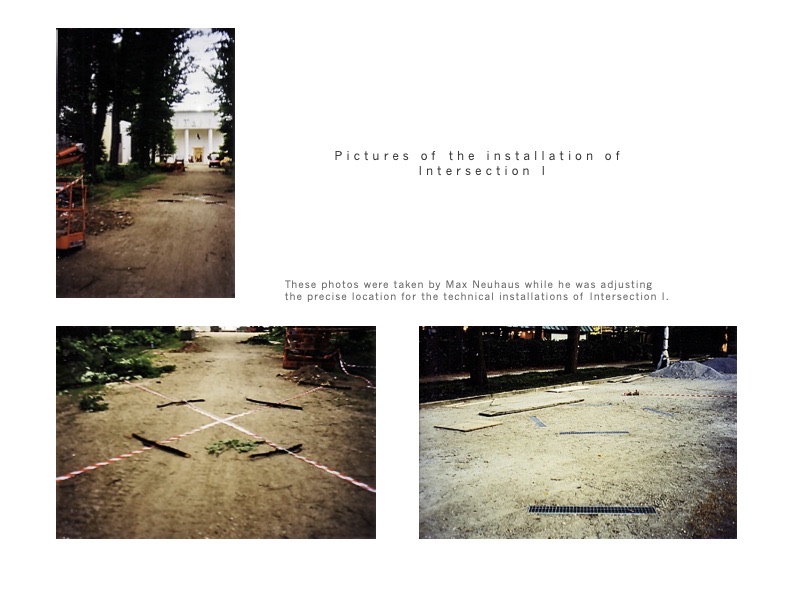1999
INTERSECTION I, by Max Neuhaus.
Exhibition, 48th Venice Biennale, Venice, Italy, Extant: Summer 1999.
- First Sound Work Place (Prototype -non site-specific-) by Max Neuhaus.

